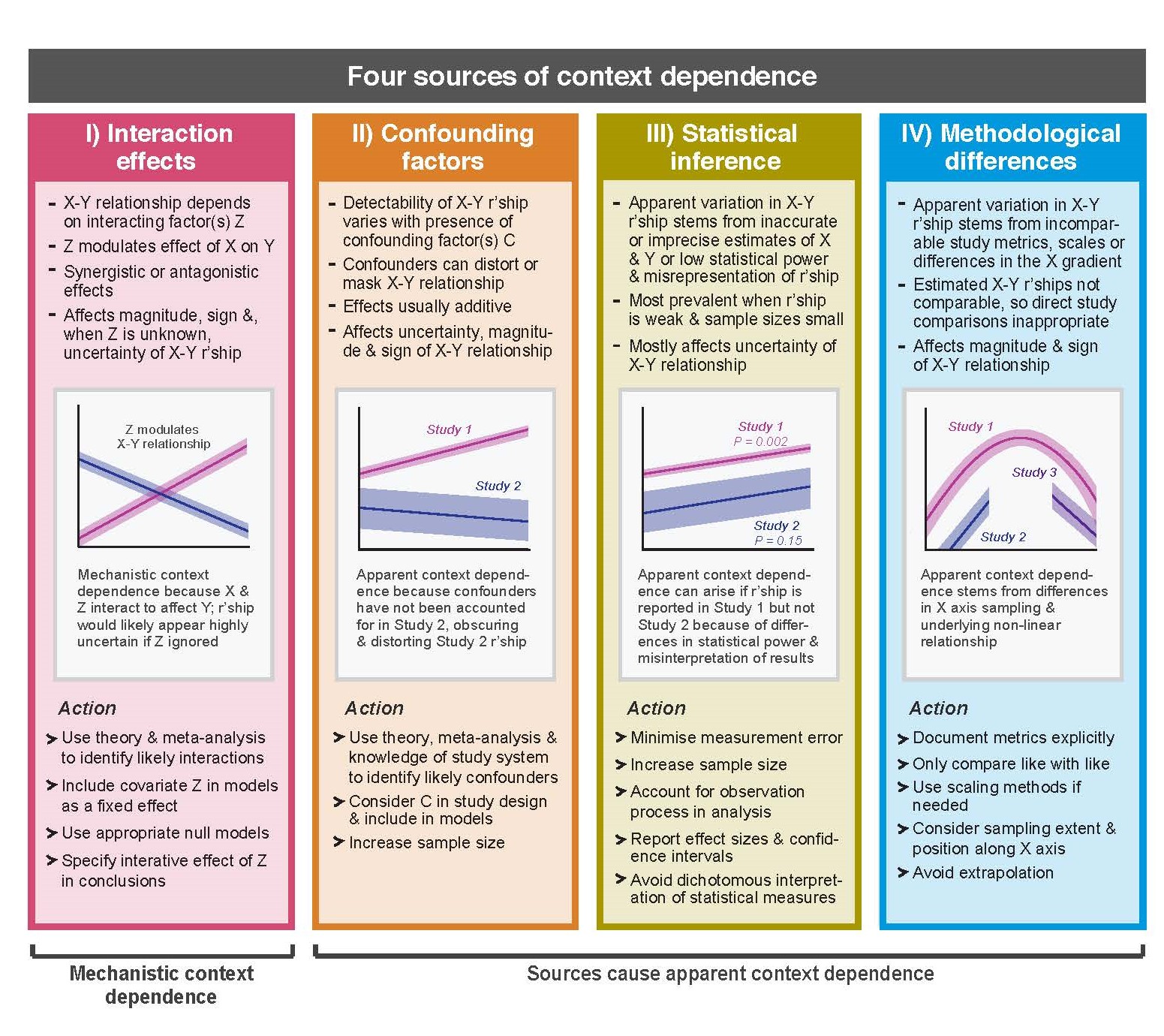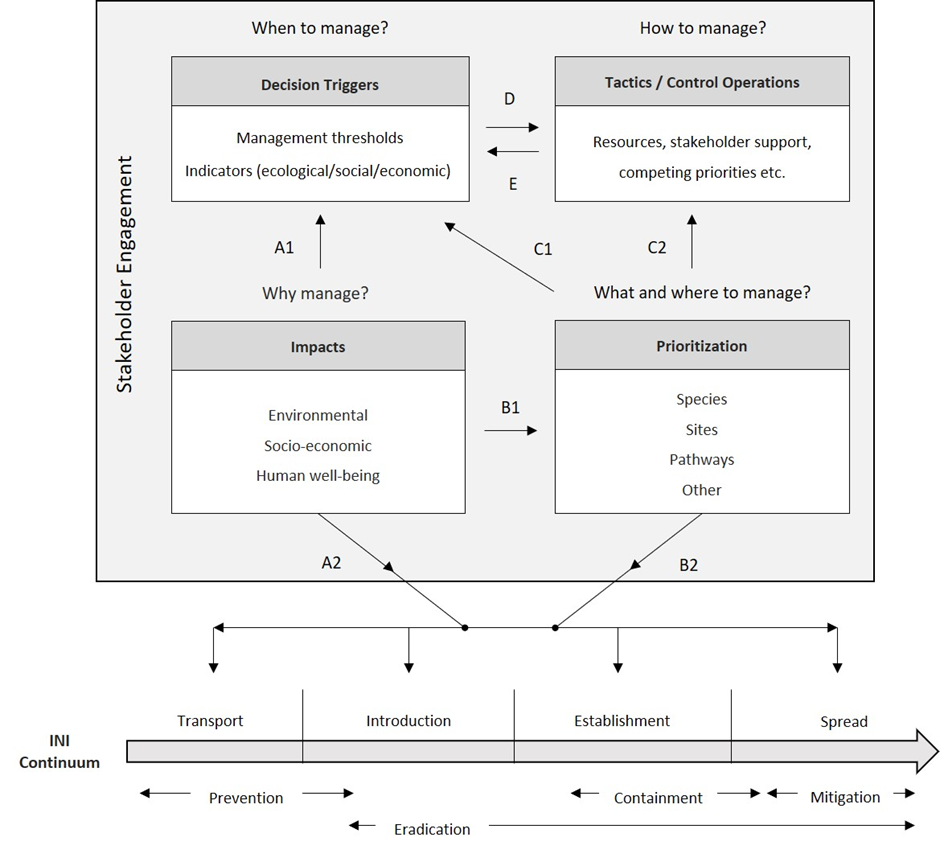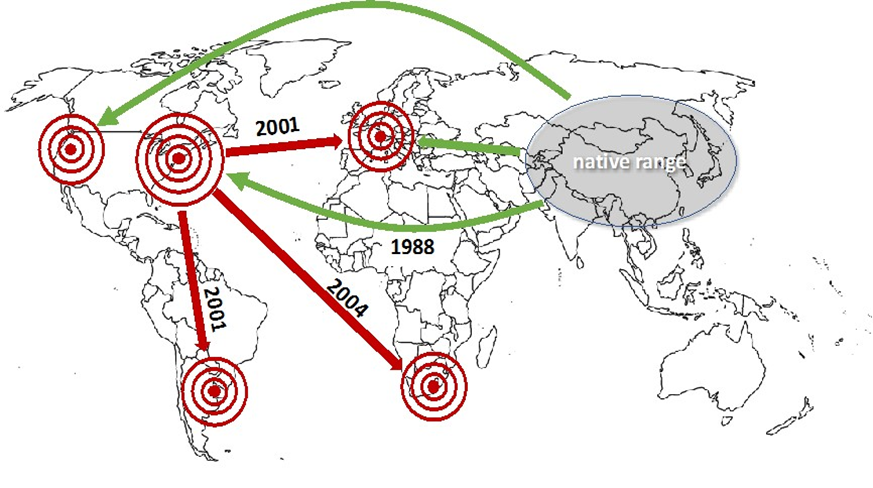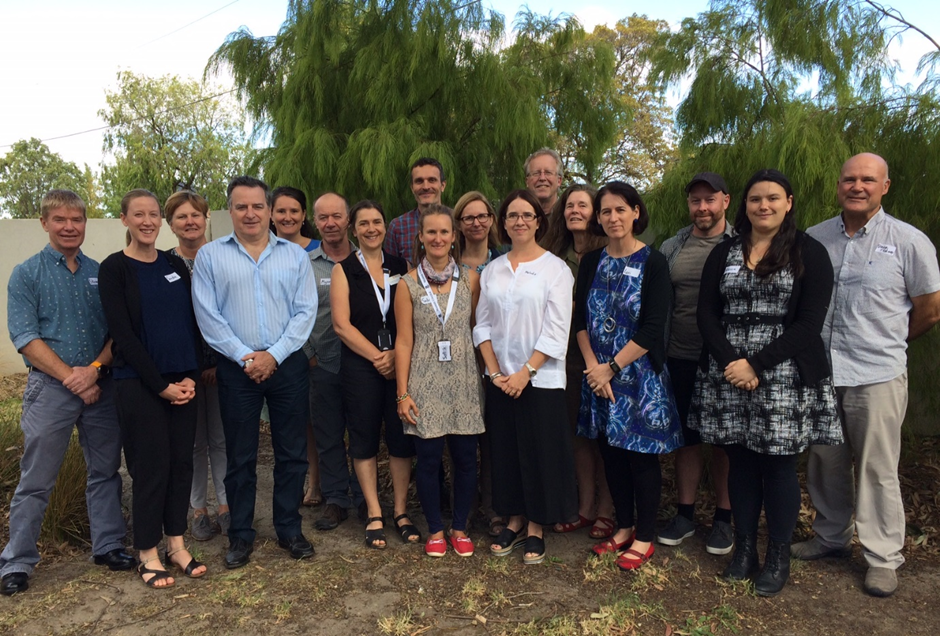Context matters in biological invasions — a new synthesis paper shows how to deal with it
A new synthesis paper by C∙I∙B Core Team member John Wilson and C∙I∙B Associate Petr Pyšek, provides advice on how to address context dependency in invasion science.




